The Real Deal on Bentonite Clay: A No-Nonsense Guide for Beginners
Way back when I first got into natural skincare, it wasn’t in some fancy spa. It was in a little workshop, and my mentor—a woman who knew more about herbs than anyone I’ve ever met—handed me a bag of what looked like plain, grey dust. She told me to respect it, that it was powerful stuff if you knew how to use it. And honestly, that lesson stuck with me.
In this article
Bentonite clay isn’t just some trendy beauty ingredient. It’s a legit, active material from the earth, and you need to understand it to get the amazing benefits without any of the drawbacks. I’ve seen it work wonders, but I’ve also seen the irritation that comes from using it wrong. So, this guide is everything I’ve learned, distilled into practical advice. We’re going to skip the fluffy stuff and get right into what this clay is, how to buy the good stuff, and the pro techniques for using it on your skin and hair.
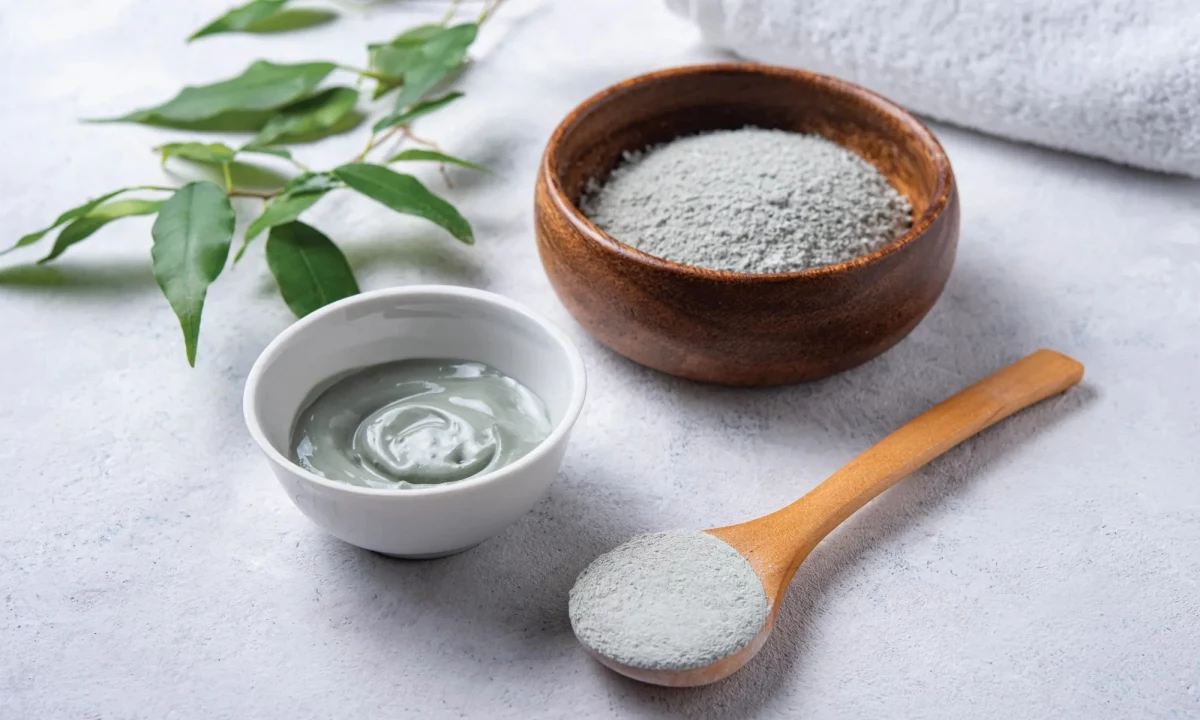
So, How Does This Stuff Actually Work?
To really get the most out of bentonite clay, it helps to know what’s happening on a microscopic level. It’s pretty cool, actually. This clay is basically ancient volcanic ash, and its secret weapon is a strong negative electrical charge.
Think of it like a magnet. Most of the gunk we want to get out of our skin—like toxins, excess oils, and impurities—has a positive charge. When you mix the clay with water, it activates and creates this massive, porous surface area that’s just buzzing with negative ions. These negative ions grab onto the positively charged gunk, a process called adsorption (with a ‘d’). It means the impurities stick to the outside of the clay molecules, like static cling on a sweater. It also absorbs a bit, like a sponge, but the real detox magic is in that magnetic-like pull.
This is also why it swells up so much when you add water. The kind we use for skin, usually calcium bentonite, swells up to create that perfect, gunk-trapping structure.
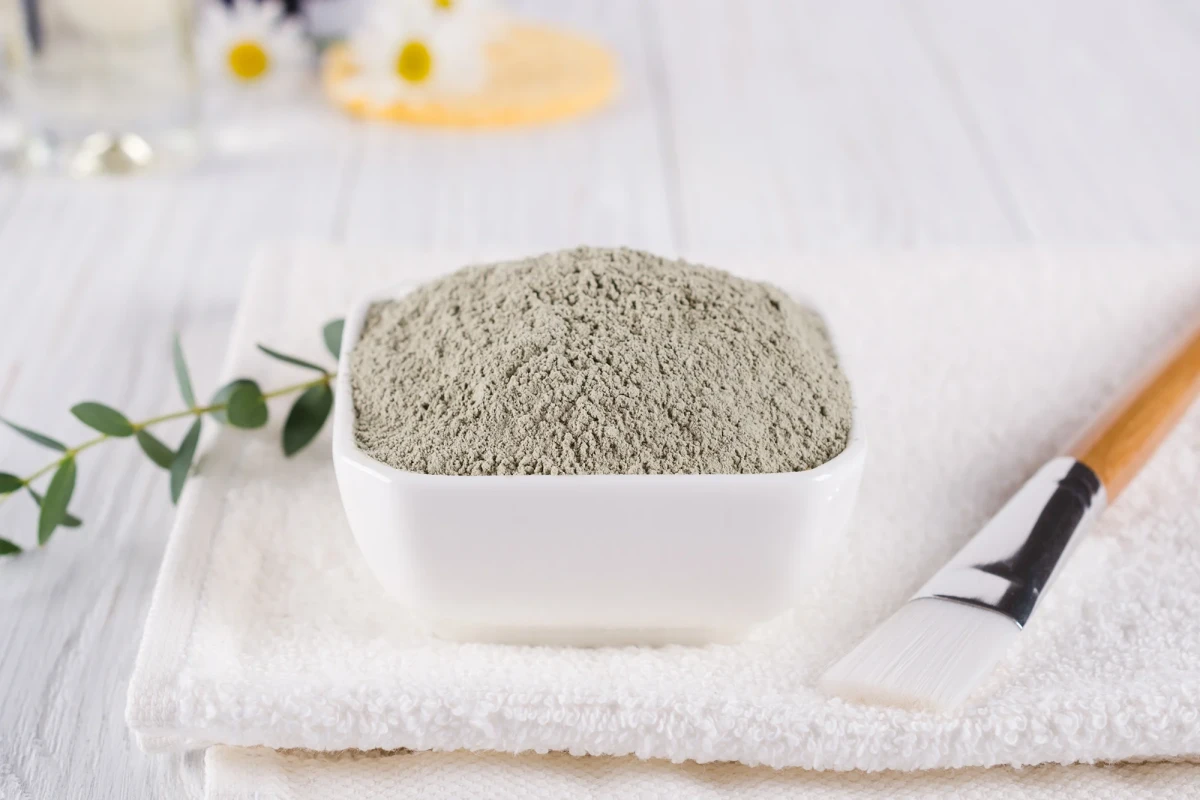
A huge heads-up here: This is exactly why you should NEVER use metal bowls or spoons to mix your clay. The clay’s negative charge will start pulling positive ions right out of the metal, essentially ‘using up’ its power before it even gets to your face. I learned that the hard way once, wondering why a whole batch of masks felt flat. My mentor just pointed to my stainless steel bowl. Lesson learned. Always stick to glass, ceramic, or wood.
The Most Important Part: Buying Quality Clay That’s Actually Safe
Okay, let’s talk about shopping, because this is crucial. Bentonite clay is a raw product mined from the earth, and quality varies wildly. Some batches can contain things you definitely don’t want on your skin, like heavy metals or bacteria. Since these clays aren’t strictly regulated for cosmetics, you have to be your own smart shopper.
Here’s what to look for to make sure you’re getting the good stuff:
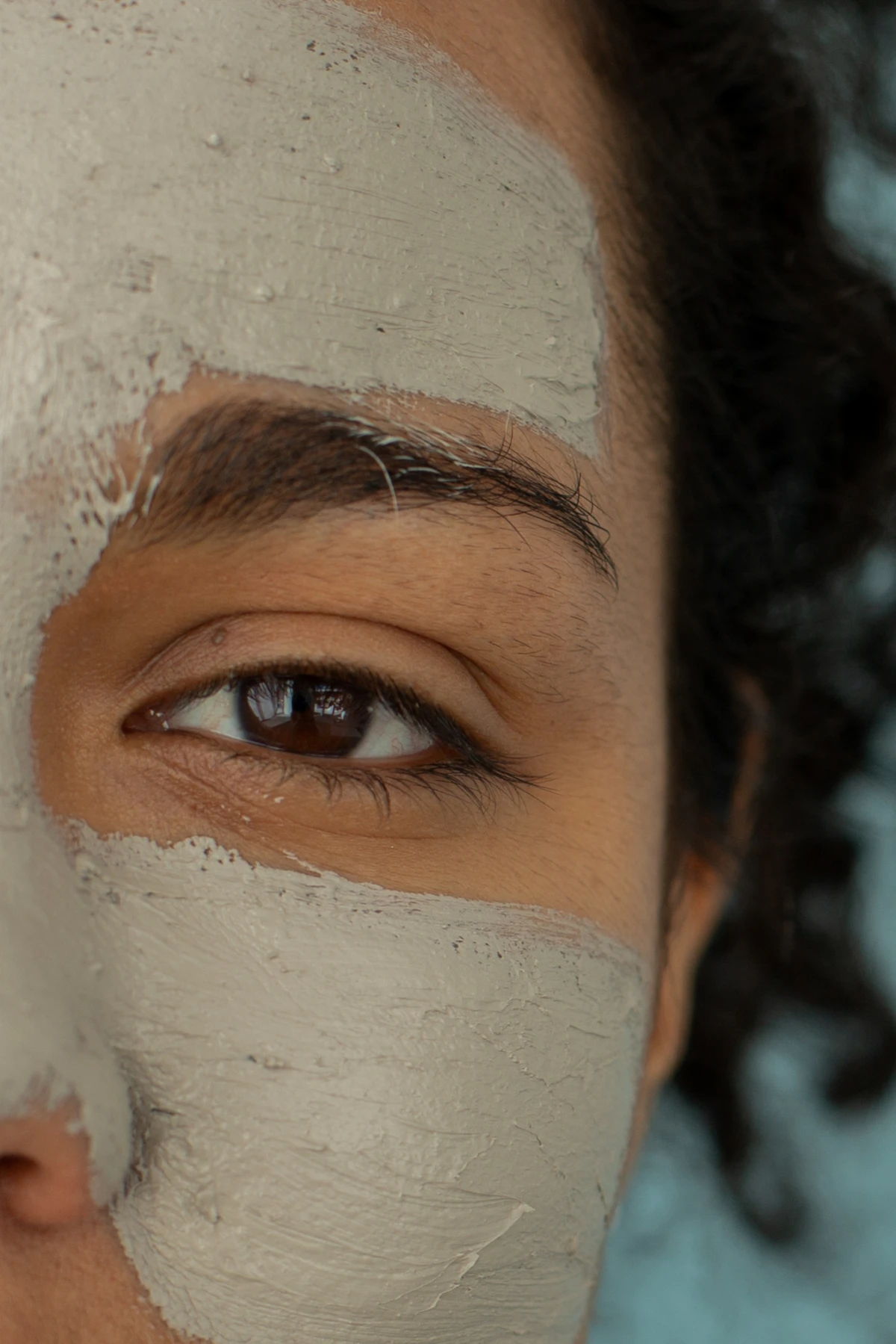
1. Find a Transparent Supplier: A trustworthy company will be upfront about its testing. Look for suppliers who can provide a ‘Certificate of Analysis’ or ‘COA’ for their current batch. This is a lab report that shows levels of things like lead, arsenic, and microbes. If a company won’t share this, it’s a hard pass for me. For external use, you want to see lead levels well below 10 parts per million (ppm), and honestly, the lower the better.
2. Look for the Right Grade: You’ll see terms like ‘USP Grade’ or ‘Food Grade’. These are good signs. USP (United States Pharmacopeia) means it’s pure enough for pharmaceutical applications. ‘Food Grade’ means it’s considered safe to eat, which, even for skin use, implies a much cleaner, purer product. You can find quality clay at most health food stores or from online apothecaries that specialize in bulk herbs and raw ingredients. A one-pound bag of high-quality calcium bentonite clay will typically run you between $10 and $25, and it will last you a very long time.

3. Do a Quick Sensory Check: Once you get it home, your own senses are a great tool. Good bentonite clay should be a very fine, almost velvety powder. Rub a little between your fingers—it should feel smooth, not gritty. The color is usually a uniform light grey or cream. It should smell neutral and earthy when dry. If it has any kind of chemical or musty odor, something’s off.
Pro-Level Techniques for Using Clay at Home
Putting on a clay mask is more than just slathering mud on your face. How you mix it, what you mix it with, and how long you leave it on will completely change the results.
The Classic Facial Mask (for Oily or Blemished Skin)
This is bentonite’s claim to fame. It’s fantastic for soaking up excess oil and calming down angry skin. To get started, you’ll just need a few things: your bentonite clay, a liquid mixer like purified water or raw apple cider vinegar (a bottle of Bragg’s is about $5), a glass bowl, and a wooden or plastic spoon.
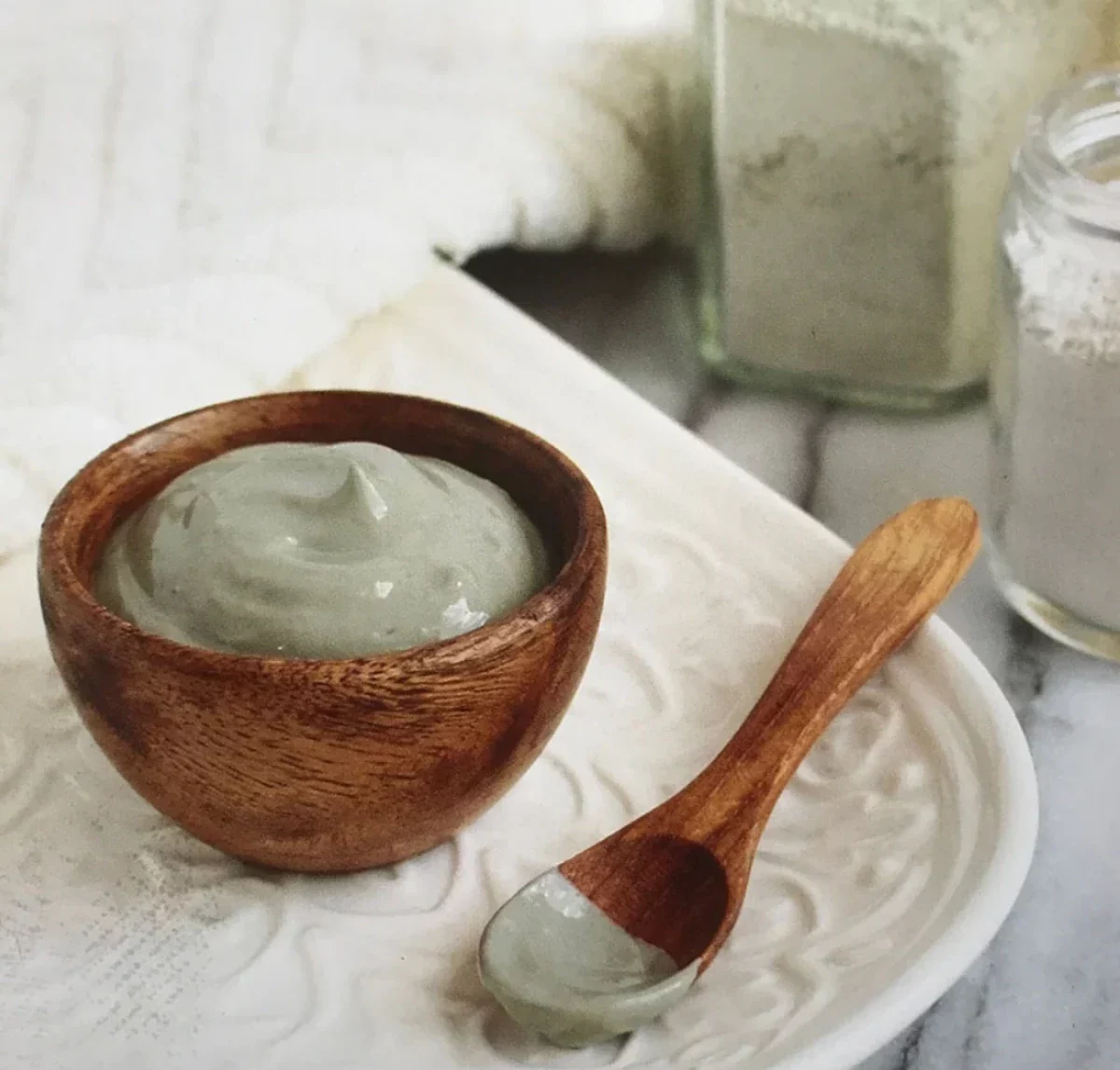
Here’s how to do it right:
- Get the Ratio Right: Start with a 1:2 ratio of clay to liquid. So, pour 2 tablespoons of your liquid into the bowl first.
- The Pro Mixing Trick: Now, sprinkle 1 tablespoon of clay powder over the liquid. Don’t stir yet! Let it sit for a minute to start absorbing the water on its own. Then, gently stir. You’ll get a perfectly smooth, lump-free paste with a consistency like thick yogurt.
- Choose Your Liquid: For your first time, purified water is perfect. If you want to get fancier, you can use raw apple cider vinegar (diluted 50/50 with water if your skin is sensitive), which can help with the skin’s pH. The mixture might fizz a little—that’s totally normal! You could also use a soothing floral water, like rosewater or chamomile.
- Apply and Time It: Apply a thin, even layer—about the thickness of sour cream—to clean skin. Avoid the delicate skin around your eyes and mouth. Now, this is the most common mistake: do not let it dry completely. The magic happens when the mask is damp. Once it starts to crack and feel super tight, it’s actually pulling moisture from your skin. You want to remove it when it’s still a bit tacky, usually after 10-15 minutes. A little bit of redness right after is normal from the increased circulation, but if it stings, wash it off immediately.

Quick Tip for Beginners: Don’t have time for a full mask? Mix a tiny, thick dab of clay and water and use it as an overnight spot treatment on a pimple. It’s a great way to see its drawing power in action!
Scalp & Hair Clarifying Treatment
Got a lot of product buildup or an oily scalp? A clay treatment can work wonders, but you have to be careful because it can be drying to the hair itself.
- The Mix: Blend about 1/2 cup of clay with 1 cup of warm water and a splash (about 1 tbsp) of apple cider vinegar. You want a runnier consistency for this so it’s easy to spread.
- The Secret Ingredient: To prevent it from stripping your hair, add a tablespoon of something hydrating, like aloe vera gel or a little jojoba oil.
- How to Use: Apply it to damp hair, really focusing on massaging it into your scalp. Work it through the ends, then pop on a shower cap to keep it from drying out. Let it sit for about 20 minutes, then rinse, rinse, rinse! It takes a while to get it all out. Always follow up with a good moisturizing conditioner.
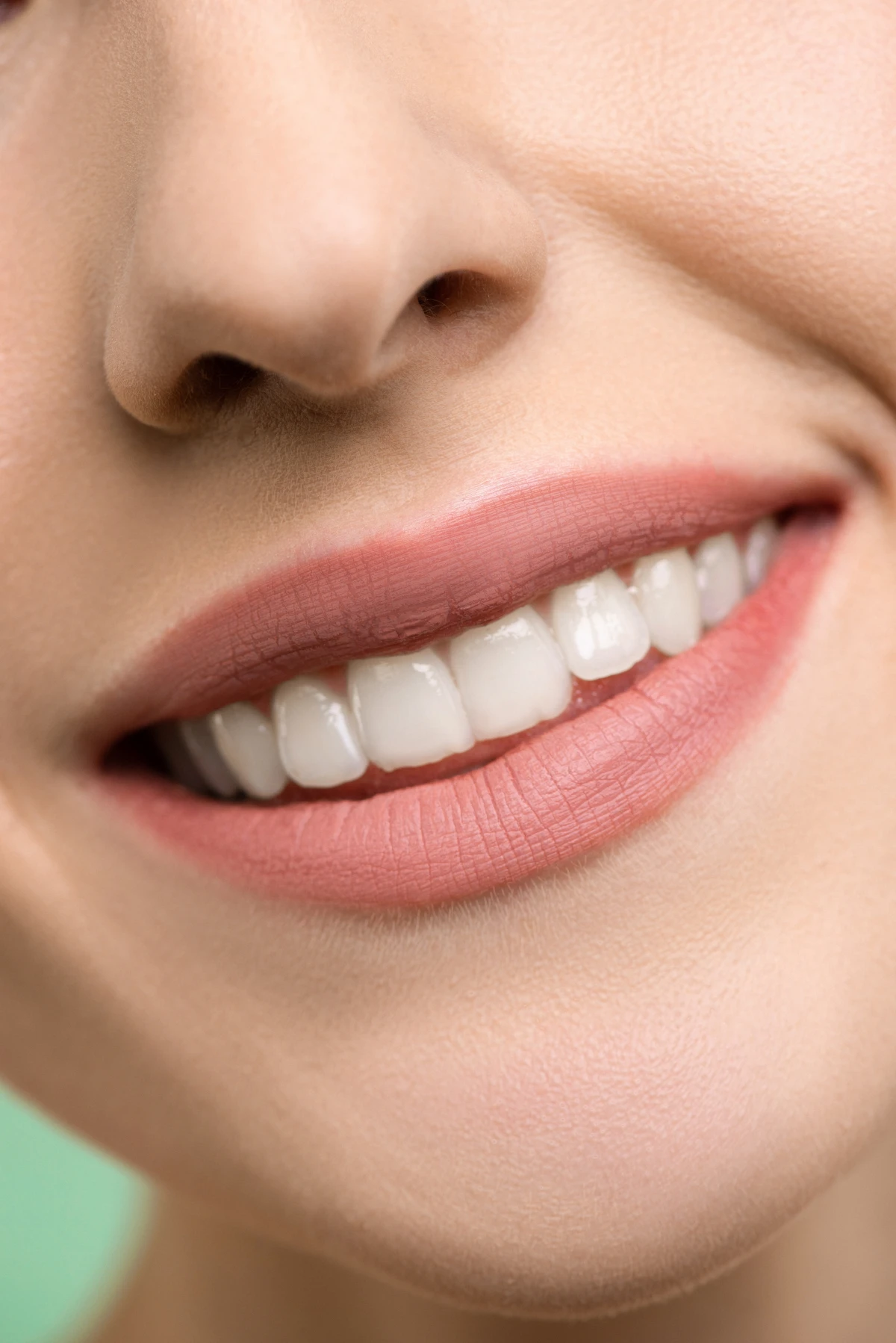
Let’s Talk About Other Clays
Bentonite is amazing, but it’s not the only clay on the block. Knowing the difference can help you customize treatments perfectly for your skin type.
- Classic European Green Clay: Often called French Green Clay, this one is a superstar for absorbing oil. It gets its color from decomposed plant matter and iron oxides. It’s a bit more absorbent than bentonite, making it a go-to in high-end spas for deep purification on oily skin.
- Rhassoul Clay: This special clay comes from North Africa and is super rich in minerals like silica and magnesium. It feels more conditioning and silky than bentonite. It cleanses beautifully without stripping as much oil, which makes it a fantastic choice for hair masks and for people with dry or maturing skin.
- Kaolin Clay: Also known as white cosmetic clay, this is the gentle giant. It has very mild drawing power, making it perfect for sensitive or dry skin. I often use it as a base and add a little bentonite just to the T-zone for clients with combination skin.
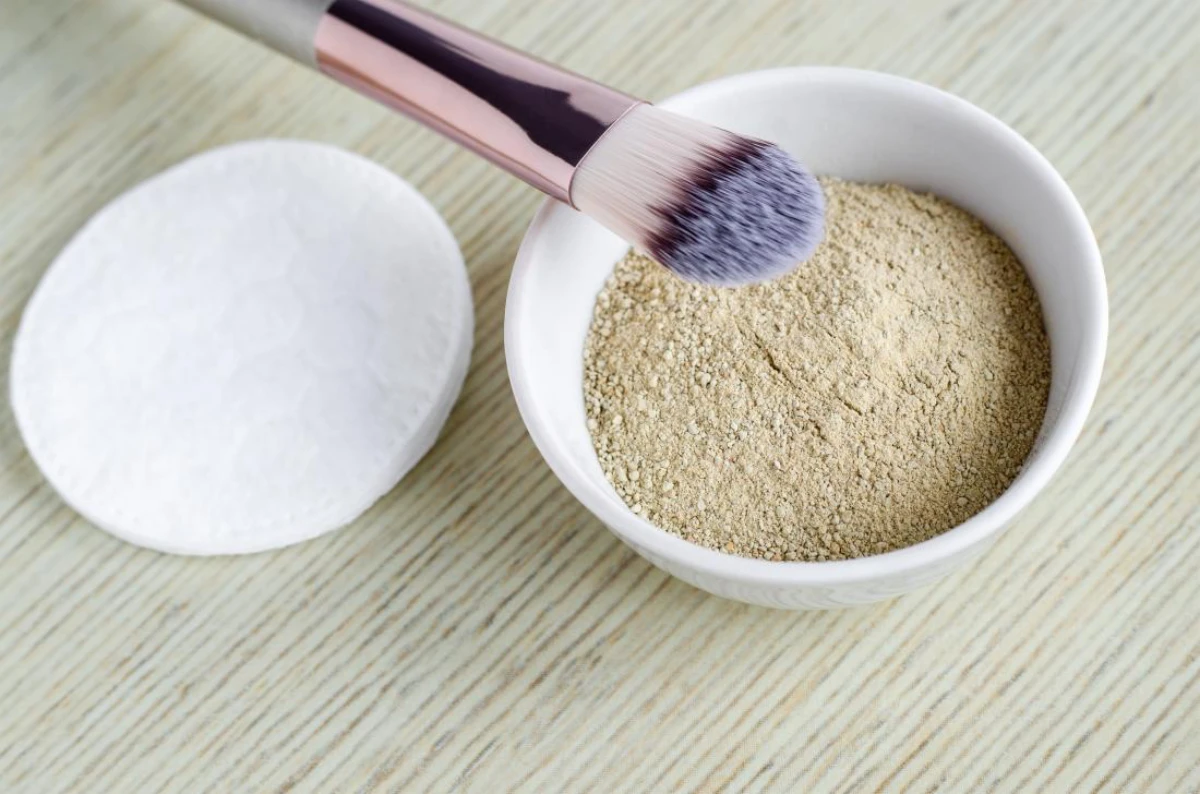
The Big Question: Can You Eat It?
Okay, we need to address this with a lot of caution. You’ll see people online promoting the internal use of bentonite clay. To be frank, this is a risky practice without professional guidance.
My official stance? Don’t do it unless you are under the direct care of a qualified health expert, like a naturopathic doctor who truly understands the risks. Here’s why: the risk of heavy metal contamination is way higher when you ingest it, and the clay’s powerful binding action is not selective. It can bind to essential nutrients like iron and zinc or even prescription medications, preventing your body from absorbing them. That’s incredibly dangerous. If you don’t drink enough water, it can also cause serious digestive issues.
Your liver and kidneys are your body’s expert detoxifiers. Support them with good food and water, and leave the clay for your skin.
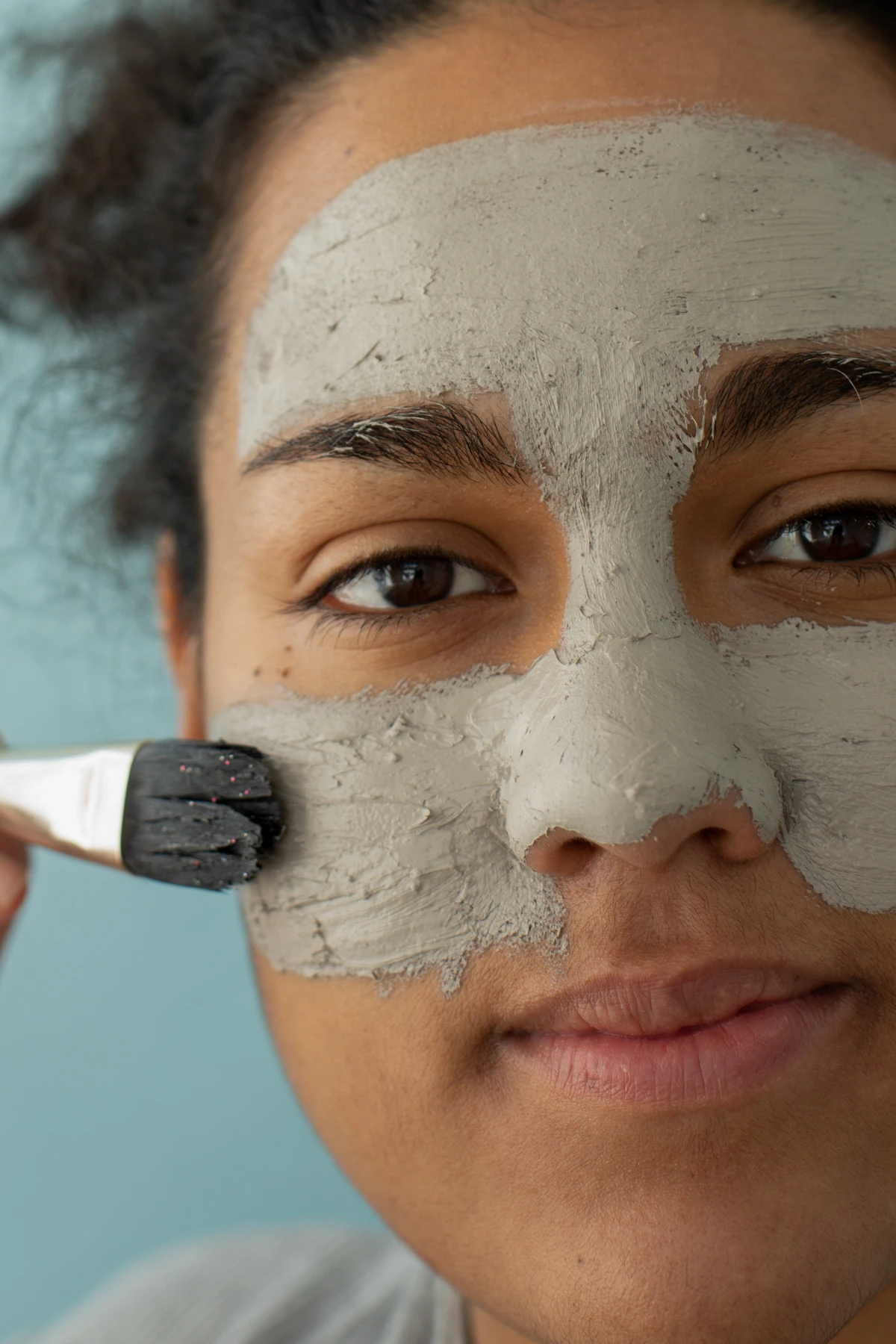
Final Thoughts: Treat It With Respect
Good to know: Don’t pre-mix and store wet clay. Once water is added, it can become a breeding ground for bacteria. Only mix what you plan to use right away. Store the dry powder in a sealed glass jar in a cool, dark place, and it will stay good for years.
Bentonite clay is a phenomenal tool from nature’s toolbox, but it’s not a magic cure-all. It requires you to be a smart consumer and a knowledgeable user. Start simple, pay attention to how your skin reacts, and never, ever let that mask turn into a cracked desert on your face. That advice from my mentor all those years ago was spot on: it works beautifully, but only if you know how.
Inspirational Gallery
Option A (Dry Mix): Combine 1 part bentonite clay, 1 part apple cider vinegar (like Bragg’s), and a few drops of tea tree oil. Apply to damp hair, focusing on the scalp. It’s a potent clarifying treatment that removes heavy product buildup.
Option B (Wet Mix): Whisk clay into a base of aloe vera juice or water until you get a smooth, yogurt-like consistency. This mix is more hydrating and gentler, perfect for defining curls without stripping moisture.
For a first-time clay wash, the wet mix is often a safer, more manageable starting point.
The ‘pulsating’ sensation many feel when using a bentonite clay mask is due to the significant increase in blood flow to the skin’s surface as the clay tightens and draws out impurities.
This isn’t just a feeling; it’s a physical process. The clay’s powerful absorptive properties create a vacuum-like effect on the pores, while its mineral content nourishes the fresh layer of skin underneath. Think of it as your skin getting a deep, oxygenating cleanse from the inside out. A little temporary pinkness afterward is perfectly normal and a sign the mask did its job.
Will mixing bentonite clay clog my drain?
Yes, it’s a real risk! Because bentonite clay can swell up to 15 times its original size when exposed to water, pouring leftovers down the sink or shower drain is a recipe for a serious clog. Instead, let the excess mask dry out in the bowl, then scrape the solid bits into your compost or trash bin. It’s a simple step that can save you a costly plumbing bill.
- It can soothe insect bites and minor skin irritations.
- It makes for a fantastic detoxifying foot soak.
- It works as a powerful spot treatment for blemishes.
The secret? A single tub of high-quality bentonite clay, such as those from Aztec Secret or Sky Organics, is one of the most versatile and budget-friendly items you can have in your natural care toolkit.
The key to a perfect mask consistency lies in how you mix it. Always start with the dry clay powder in a non-metal bowl (glass or ceramic is ideal). Then, add your liquid—be it water, rosewater, or apple cider vinegar—slowly, bit by bit. Sprinkle the liquid over the powder and let it sit for about 10-15 seconds before stirring. This allows the clay to begin absorbing the liquid naturally, preventing clumps and making it much easier to achieve a smooth, creamy paste.
While many clays have detoxifying properties, bentonite is unique due to its high concentration of montmorillonite, a mineral that gives it an exceptionally strong negative electromagnetic charge.
Beyond your face, a bentonite clay poultice can be a lifesaver for irritated skin elsewhere. Here’s a simple recipe for a soothing body application:
- Mix a thick paste of bentonite clay and cool, filtered water.
- For extra calming power, add a tablespoon of ground oats and a few drops of lavender essential oil.
- Apply a thick layer to the affected area (like a mild rash or insect bite), cover with a clean, damp cloth, and leave for 20-30 minutes before rinsing gently.
Important: Never let a bentonite clay mask dry completely on your face to the point where it’s cracking and flaking. The mask is most active when it’s damp. Once it starts to fully dry, it can begin to draw moisture *from* your skin, leading to dehydration and irritation. The sweet spot is to rinse it off when it’s still slightly tacky to the touch, usually after 10-15 minutes.
For an enhanced masking experience, consider adding a hydrosol instead of plain water. A rose hydrosol can calm redness and add hydration, while a chamomile hydrosol is perfect for sensitive or inflamed skin. For oily types, a tea tree or witch hazel hydrosol can boost the clay’s purifying effects. These floral waters bring their own therapeutic benefits to the mix, turning your simple clay mask into a targeted botanical treatment.










